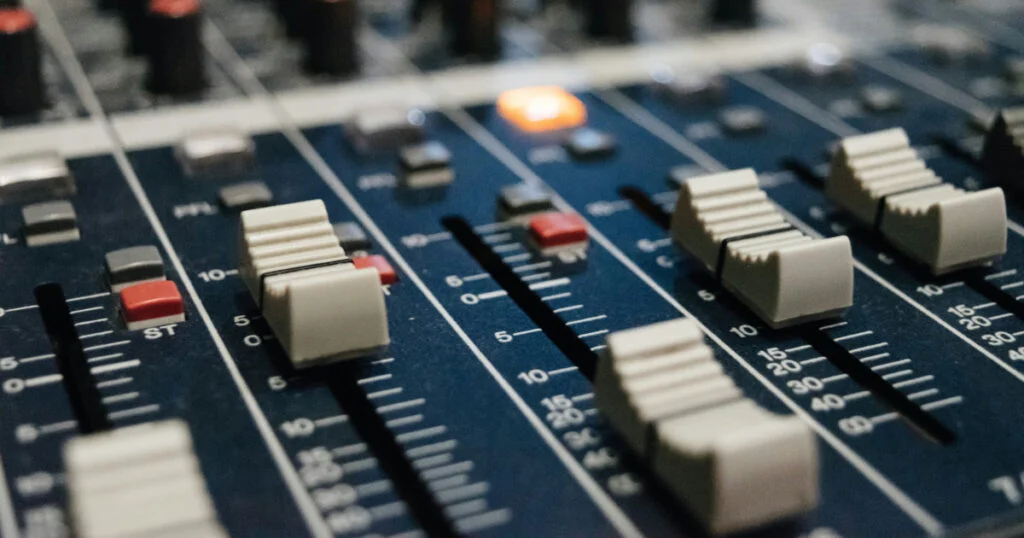Techniques for Audio Restoration


First off, audio restoration is like a magic wand for audio professionals. It’s all about reviving those old or damaged recordings and making them sound crystal clear. Think of it as the audio equivalent of restoring a classic painting. Noise reduction, for instance, is a real game-changer. It’s like scrubbing away the unwanted fuzz and hiss, leaving behind only the pure, intended sound. And sound quality? That’s the holy grail we’re all chasing after – crystal clear, crisp, and just how the artist intended.
Understanding Audio Restoration
Audio restoration isn’t just about fixing errors; it’s an art form. It’s about taking those old, scratchy recordings or tracks marred by background noise and giving them a new lease of life. This process often involves meticulous listening and tweaking, a bit like a detective working through clues to find the true sound hidden beneath layers of unwanted noise.
The key here is detail-oriented patience. Restoring audio isn’t a one-click fix. It’s about understanding the nuances of sound and applying a range of techniques, from filtering out hisses to balancing levels. It’s a skill that transforms ‘just listenable’ to ‘professionally polished.’
Noise Reduction Techniques
Noise reduction is a cornerstone of audio restoration. Think of it as a filter that separates the wheat from the chaff, removing those annoying hisses, hums, and background buzzes. This is where tools like spectral editing come into play, allowing you to pinpoint specific frequencies and reduce their presence without affecting the overall sound quality.
The trick is to find a balance. Overdoing noise reduction can lead to a lifeless, artificial sound. It’s like removing the seasoning from a dish – you might get rid of the bitter parts, but you lose the flavor too. So, precision and a good ear are crucial.
Enhancing Sound Quality
Enhancing sound quality goes beyond fixing what’s broken. It’s about elevating the audio to a level that rivals the best modern recordings. This includes equalization to balance frequencies, dynamic range compression to maintain consistent volume levels, and perhaps even adding some ambient effects to enrich the sound.
But remember, it’s not just about the tools. The human touch is irreplaceable. Knowing when and how much to tweak is the mark of an experienced audio restorer. It’s about enhancing without over-processing, maintaining the original charm while giving it a contemporary edge.
Practical Tips and Tricks
For those in the trenches of audio restoration, here are a few practical tips. First, always start with the highest quality source material you can find. This gives you more to work with and often requires less processing. Secondly, develop an ear for subtlety. Sometimes the smallest adjustments make the biggest difference.
Lastly, embrace technology but don’t rely on it blindly. Use software and tools to your advantage, but remember, they’re just tools. Your judgment and expertise are what will ultimately make your work stand out. And hey, don’t forget to back up your work – there’s nothing worse than losing hours of meticulous editing to a tech glitch!
There you have it, folks! We’ve journeyed through the ins and outs of restoring audio quality in post-production. From the meticulous art of audio restoration to the fine balance of noise reduction, and the nuanced enhancement of sound quality, it’s clear that this field blends art and science in equal measure. Remember, the key is patience, precision, and a keen ear – qualities that turn a good audio editor into a great one. And for all the aspiring sound wizards out there, never underestimate the power of practical experience and a bit of trial and error.
Looking to take your audio game to the next level? Check out our deep dive into choosing the right audio post-production software. It’s a treasure trove of insights for anyone serious about making their audio stand out. This guide will help you navigate the sea of software options and find the perfect fit for your audio editing needs.

Responses